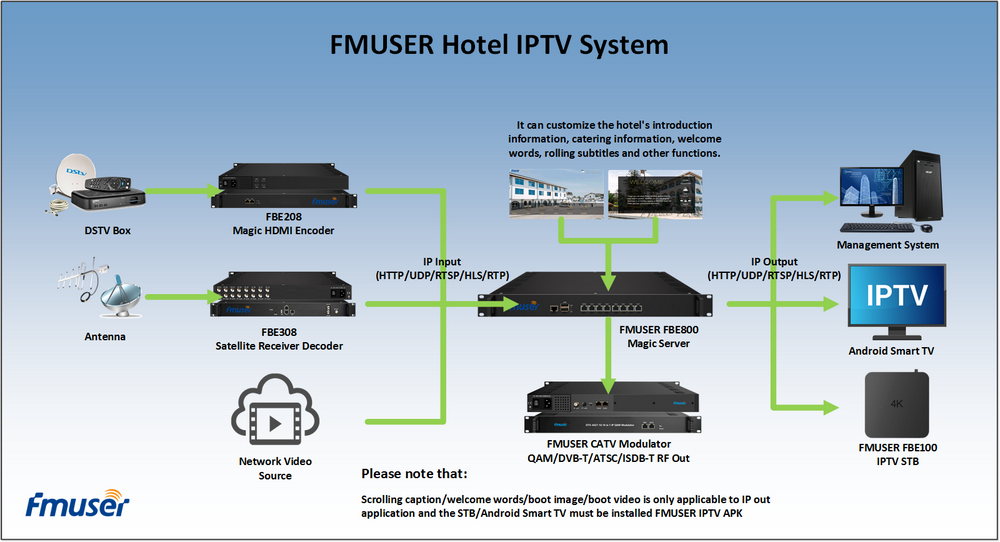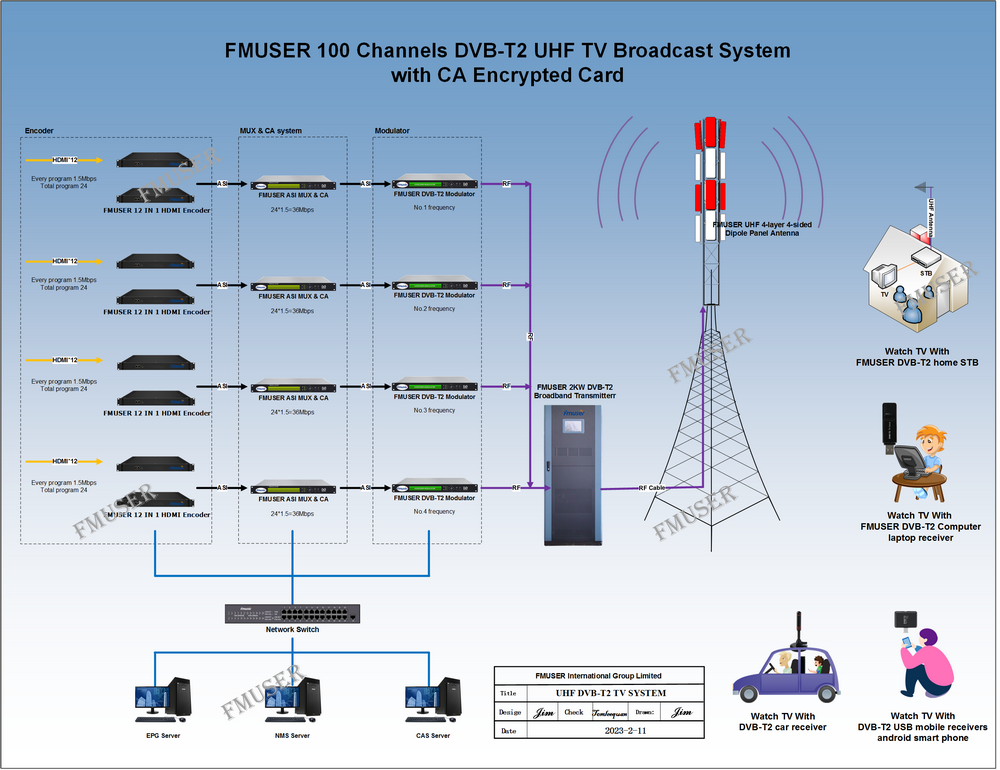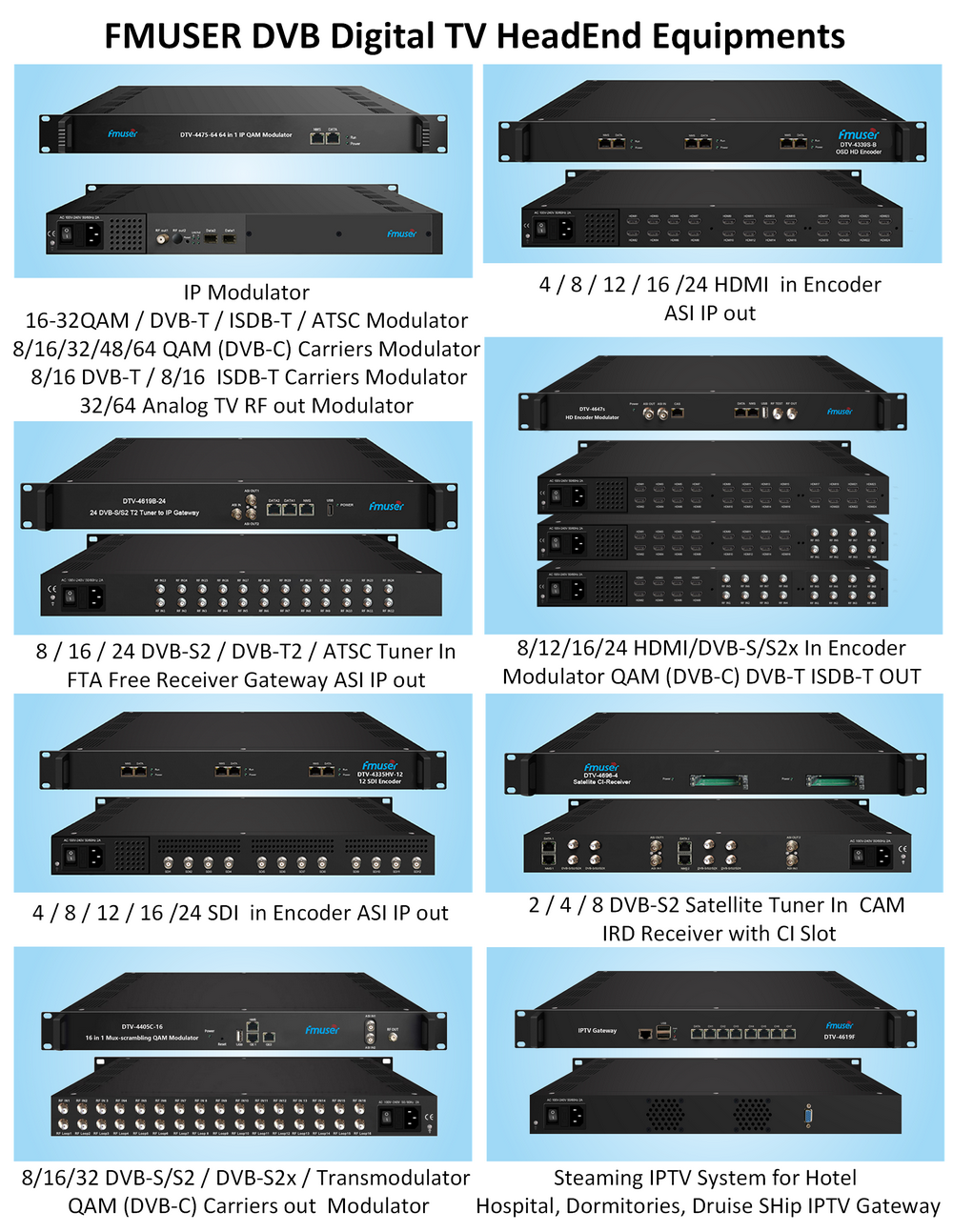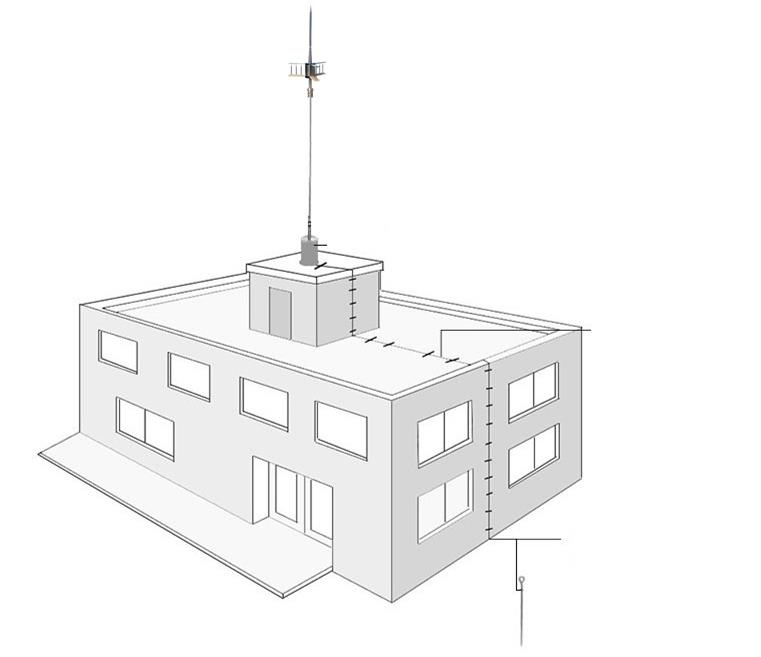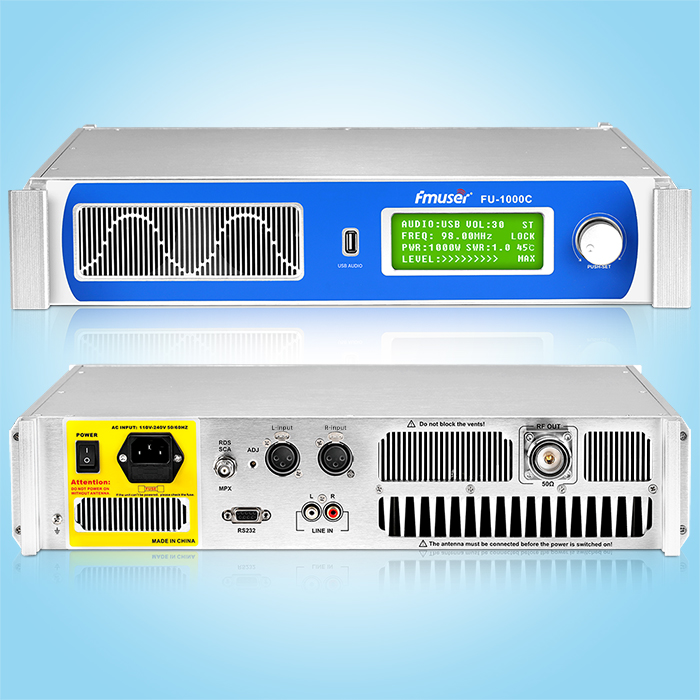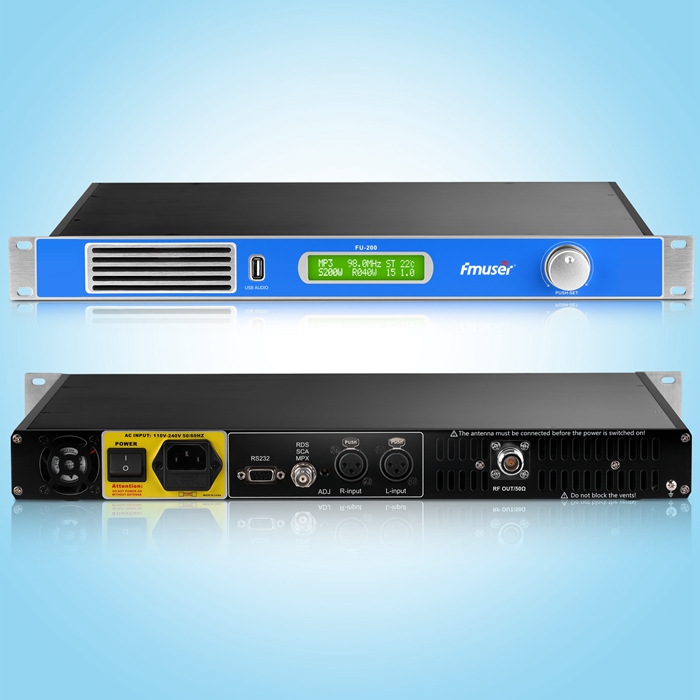Clinically, intravenous drug injection and delivery of drug infusion pumps have been widely used in patients with other drug delivery pathways such as orally. The intravenous drug infusion has been nearly 200 years, and the earliest can be traced back to the early 19th century. Modern drug infusion systems have been widely used in chemotherapy, surgical and pain treatment, and have been used to deliver a variety of drugs and liquids, including antibiotics, painkillers, anesthetic and nutrient solutions; except for intravenous injection, drug infusion It can be carried out by a plurality of routes such as subcutaneous, epidural or ie. Currently, when it is clinically needed to accurately control a drug infusion of less than 10 ml / h, a microxpump pump is usually used. Such trace infusion pumps are often used in the treatment of children or newborns and drugs for infusion of short-term drugs or high concentrations, such as vascular active drugs and positive muscle pharmacters. Since the demand for accurate medical and the portability of the drug is growing, small portable high-precision microfubes pumps have caused more and more attention in recent years. Typical uses of current trace infusion pumps have postoperative pain treatment (e.g., analgesic pump for childbirth or chemotherapy chemotherapy) and chronic diseases (for example, insulin pumps for diabetic patients). At present, there are three types of trace infusion pumps commonly used in clinical practice, namely, mechanical infusion pumps, peristaltic pumps, and syringe pumps. The current type of trace infusion pump cannot achieve high-precision and high resolution drug delivery while ensuring portability and cost effectiveness of the equipment under low flow.
According to Mams consultation, recently, Pan Tungrui, California, Davis, and Professor Pan Tung Rui proposed a low-cost portable high-precision droplet digital trace drug injection method to achieve ultra high sensitivity and resolution. The flow range covers precise administration of 0.1 mL / h to 10 mL / h. Related research results were issued in "Digital Droplet Infusion", published in the TOP Journal of Lab on a CHIP in the microfluidic field, and was selected as a selection of the cover, providing new research ideas for next-generation portable high-precision micro-drug injection techniques.
Previously, Professor Pan Tousui has first proposed a digital liquid droplet microfluid measurement technology (DMC, Digital Microfluidic Meter-On-CHIP, see the presentation of the article); this method utilizes interface instability to discretly discretize continuous flow Size-small droplets realize the resolution of a single droplet volume up to 2.5 NL, and the flow rate can be easily estimated by the number of droplets generated in the unit time. In the design and development of the latest Digital DROPLET INFusion (DDI) device, the above-mentioned droplet digital flow meter is incorporated into the drug infusion system, while combining millisecond high-precision valve units for accurate flow measurement and Real - time administration feedback and control. Thanks to its modular design, the DDI device can quickly assemble the ready-made components and 3D printing components, and the flow range covers 0.1 ml / h to 10 ml / h. Trace amount of trace infusion flow. The resolution reaches a single droplet volume as low as 57 nL, three quantities of portable infusion pump (Cadd Solis, Smiths Medical Inc.).
Figure 1 D DI High Accuracy Trace Drug Injection Concept, Principle Schematic and Prototype
As shown in FIG. 1A, the DDI device is mainly composed of three major modular components, respectively, and the flow discretization module, a valve control module, and an electronic control module are respectively. As shown in FIG. 1B, the DDI device can conveniently integrate into a line-based routine-based aqi-based passive pump to achieve high-precision digital infusion administration. Thanks to this modular design, all electronic and fluid components of the DDI device can operate independently, realizing the low cost disposable edible design of the fluid module while ensuring that the electronic module can be repeatedly utilized, significantly reduce the overall application in practical applications. The cost of administering the devices. Figure 1C-E shows in detail the model of the droplet discretization process and the working principle of DDI technology and closed loop control flow. Fig. 1F-g shows the prototyping diagram of the DDI device and its core components.
In addition, in order to demonstrate DDI for flexible programmability for infusion, researchers have successfully achieved digital programming of several clinical commonly used infusion curves. Figures 2A-E successfully simulates and implements five infusion curves, and the infusion flow rate and the dose of the accumulated infusion drug are monitored, including (a) patient self-control (PCA), (b) continuous infusion, c) Intermittent infusion, (d) stepped infusion and (e) tapered curve infusion. Finally, Figure 2F shows the DDI device can be used to detect clogging in the infusion tube, and can be used to distinguish between the upstream and downstream of the pipeline, so that the clinician can quickly locate potential problems of the infusion pipeline, provide additional additional security Function.
DDI devices have the following significant advantages over the current commonly used trace drug infusion system: 1) up to 57 NL infusion resolution, more common clinical portable infusion pump (CADD SOLIS, Smiths Medical Inc.) Small three quantities; 2) Covering the clinical commonly used trace infusion flow range 0.1 ml / h to 10 ml / h; 3) High precision, less than 3% of the infusion error; 4) can be directly integrated into the infusion line; 5 ) Small size, weight; 6) Modular architecture, electron and fluid modules are operated independently, and the disposable paraborable design of the fluid module; 7) Fast assembly of parts that can be printed using the existing components and 3D; 8) Flexible programming is convenient to generate a variety of infusion curves; 9) includes a variety of security and alarm functions, such as traffic settings and adjustments, calculations of total infusion, and detection and screening of upstream pipelines. Thanks to its simple structure and low cost, DDI technology is expected to be a strong candidate for next-generation portable drug infusion systems.
Figure 2 Droplet digital trace drug injection technique is used to generate five common drug infusion curves and a clogging of the drug injection quantity and downstream of the drug injection volume and the downtown downtown.
Professor Pan Shengrui, Professor Pan Shengrui, Department of Biomedical Engineering, Davis, California, and Director of Micro-Nano Innovations (MINI), Micro-Nano Innovations (MINI). Professor Pan in recent years, is committed to research in Flexible Iontrolluidic Interface, Romi, and Romi, in Nature Chemical Biology, Science Signaling, Advanced Materials, International top journals and conferences such as Lab on a Chip have more than 100 US patent applications and authorizations.
Pan Tousui Professor Prescription Group's Ph.D. Square is the first author of the paper. The papers collaboratives include the Andrew I. Li doctor, the University of Davis, California, and HONG LIU doctors.
Editor: lq, Read full article, original title: California University Davis branch research and development high precision droplets digital trace drug injection technology
Article Source: [Micro Signal: Memsensor, WeChat public number: Wright Pott Litepoint] Welcome to add attention! Please indicate the source of the article.
Our other product:


